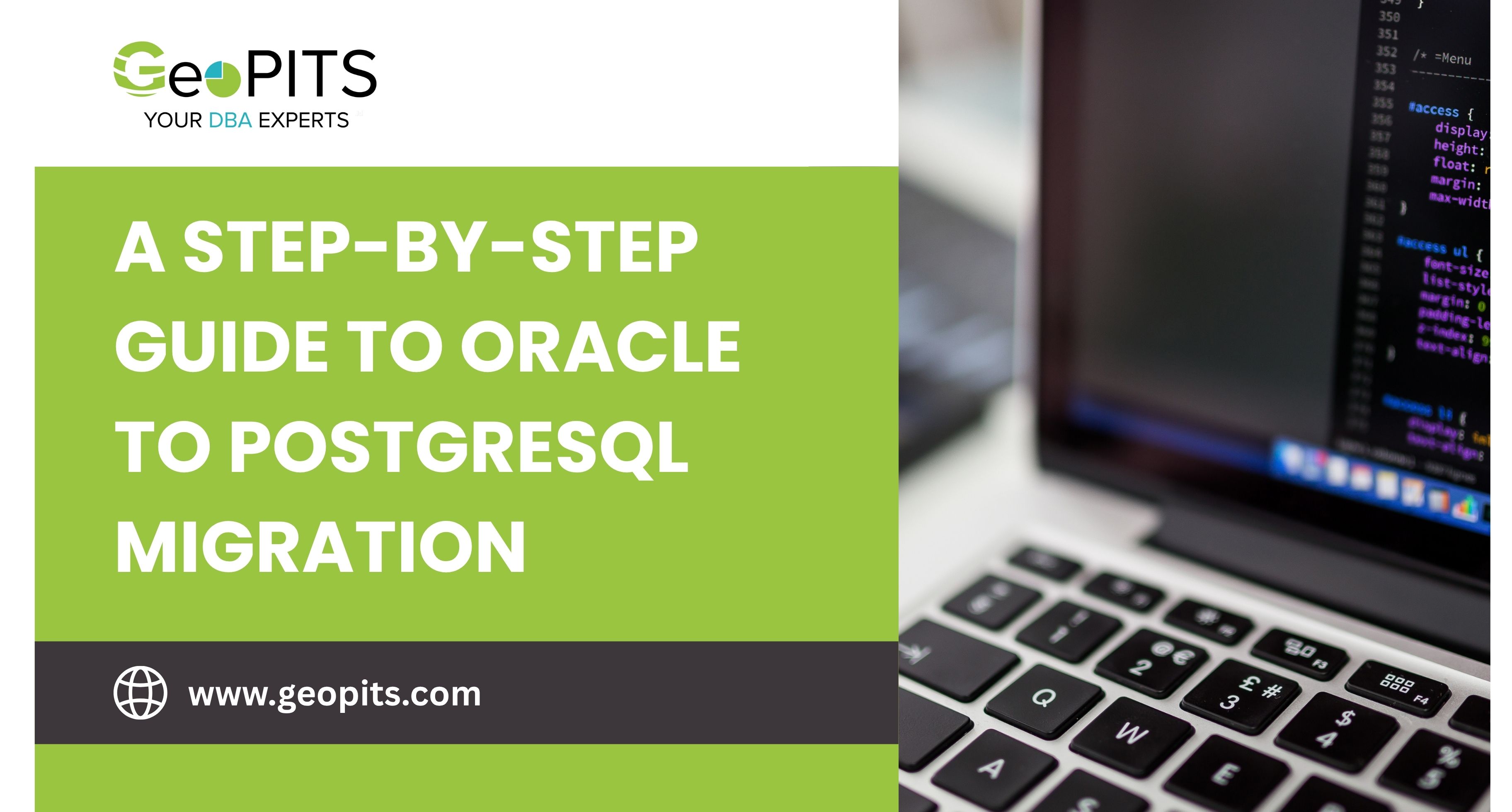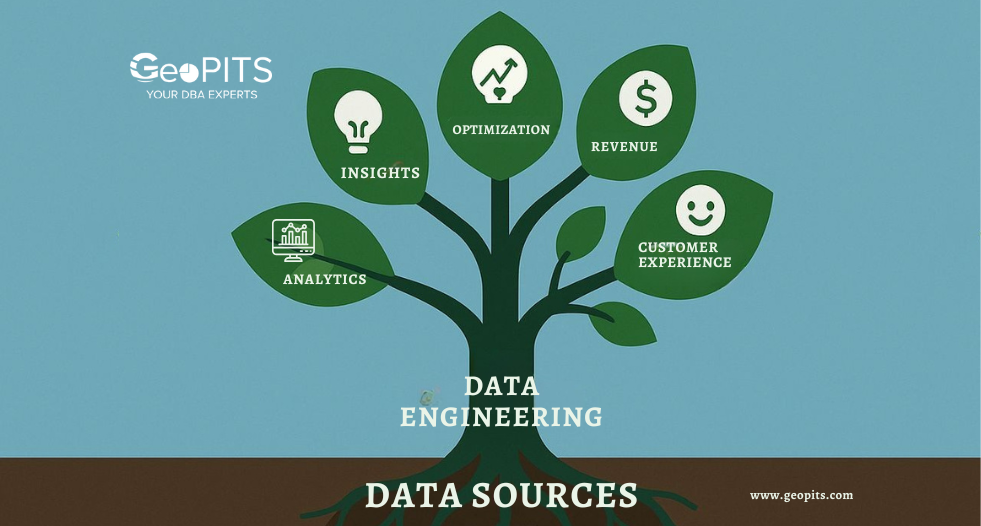Have you ever found yourself needing to move critical data from Oracle to SQL Server and then facing data incompatibility issues and error messages? Well, it has happened to most of us.
Essentially, the problem arises because Oracle and SQL Server are two different systems that do the same thing, but their technical architectures are quite different. Therefore, if you are not aware of the challenges in Oracle to SQL Server migration, it might have troublesome consequences, including data loss. So, in this blog, we will help you identify those common challenges so that the next time you are transferring important data, the process looks and feels seamless to you. Let’s get started:
Key Challenges You’ll Face During an Oracle to SQL Server Migration
While a lot of professionals who have been in the niche for a long time might know the common challenges in Oracle to SQL server migration, it is still vital for us to mention the common and some uncommon challenges. The idea is for you to have a clear understanding of the workflow. Let’s get started:
1. Data Type Mismatches
Oracle's data types are NUMBER, RAW, and CLOB. The corresponding data types in an SQL server would be DECIMAL/NUMERIC, VARBINARY, and VARCHAR. The main issue is that the matching data types are only similar, not identical. As an example, the NUMBER data type of Oracle is capable of handling high-precision numbers. Whereas SQL utilizes DECIMAL, which is of the same precision; however, it may round off the numbers in the data that you have given.
Correct data mapping is done to avoid this, ensuring you do not get rounded numbers or lose decimals. To avoid this, correct data-mapping is done so that you don’t lose decimals or get rounded figures.
2. Schema Conversion
In the case of Oracle, a schema is basically the collection of the database objects that belong to a single user account. As an example, it can be referred to as sequences that are used for generating unique IDs. While SQL describes a schema as a storage location for tables and other objects, it does not indicate that the schema is a folder of a particular user account. The reason is that there are also a few other differences; the change cannot be done automatically but has to be handled manually.
Still, if automated tools like SSMA do map and convert most of the schema, you will have to intervene. If the conversion has gone poorly, you will be dealing with data loss and poor performance down the line.
3. Downtime Issues
This is a general risk of increased downtime when a lot of data is being migrated; sometimes, it can even take hours or days while the application is not available, disrupting business processes. In addition, the system from which you are migrating your data may also face problems. In order to get around all these issues, you can use bulk data loaders such as SQL's BULK INSERT to transfer data in chunks rather than all at once. This will ensure smooth migration and optimize your network usage, compressing data.
4. External System Integration
In certain circumstances, the Oracle database is linked to systems that use external systems or other Oracle products, such as Oracle GoldenGate or Oracle E-Business Suite. Often, those systems are Oracle, and they do not have the same type of support as SQL Server.
Moreover, resolving this issue might require rearchitecting the integration layer to enable applications to connect to SQL Server seamlessly. Ultimately, you might have to conduct additional testing or bring in new middleware platforms to bridge the gap.
5. Data Integrity
Data Integrity risks can cause a lot of business damage if not handled properly. You might end up with entries that do not have any source reference or even have duplicate entries. Let’s understand it better with the help of an example. Let’s say your data deals with child and parent health records, and while you are migrating it from Oracle to SQL Server, you end up losing the parent records. In this case, the referential integrity of your data has been damaged and will require manual assistance afterwards. Similarly, in case you are batch transferring your data, you might end up with large volumes of data that are duplicates in nature. To ensure this doesn’t happen, conduct robust data checks at every stage of migration.
6. Trigger Management
Trigger handling differs in Oracle and SQL Server. SQL Server triggers operate differently. While the former supports triggers such as BEFORE and AFTER, the latter offers AFTER and INSTEAD OF. This means that Oracle’s trigger validates any data before and after the row is inserted, while SQL Server’s ‘AFTER’ trigger validates the same data for each statement instead of each row. Moreover, the ‘INSTEAD OF’ trigger requires you to rewrite the trigger logic. While this is one instance, there are a lot of differences in the trigger handling of these two database management systems. The crux of the statement is that you need to have a deep understanding of this migration challenge so that your data doesn’t get hampered.
7. Backup & Recovery Differences
Both Oracle & SQL Server have very different backup and recovery tools, resulting in very different processes for the same recovery action. While Oracle uses Recovery Manager (RMAN), which supports compression at varying levels and reduces backup size by not backing up unused blocks, SQL uses SQL Server Management Studio, which is also efficient but lacks Oracle's precision.
8. Character Set and Encoding Issues
Oracle & SQL Server store and interpret text data differently. For example, Oracle uses character sets like AL32UTF8; these store ASCII characters in 1 byte, European and Middle Eastern characters in 2 bytes, and Asian characters in 3 bytes. In contrast, SQL Server uses UNICODE storage with UTF-16 encoding. The challenge here is that if you migrate your text data directly without considering such differences, there is a chance that you may corrupt the text such that it becomes unreadable.
9. Learning Curve
As described above, Oracle and SQL Server are architected very differently. This amplifies the learning curve, as migration teams must do considerable digging and thoroughly understand the systems to troubleshoot and fine-tune the migration.
10. Post Migration Support
While the migration process requires skilled teamwork, the aftermath is even more effort-oriented. This is because the SQL server environment brought up after the migration will require continuous monitoring and troubleshooting. Many businesses fail during this step as their team is not able to handle the aftercare of the data transfer.
Conclusion
While an Oracle to SQL server migration can result in many advantages, like cost benefits and improved capabilities, the process is still demanding and requires time and effort. In order to avoid the hassle, many businesses opt for automated migration tools to help with seamless data transfer, but still face some of the challenges mentioned above. You can partner with a database migration company like Geopits to make the process seamless. By understanding these obstacles and carefully navigating them, you can embrace the benefits of your new database management system. Ultimately, it is making the time to understand these challenges that will make the difference between success and failure.







